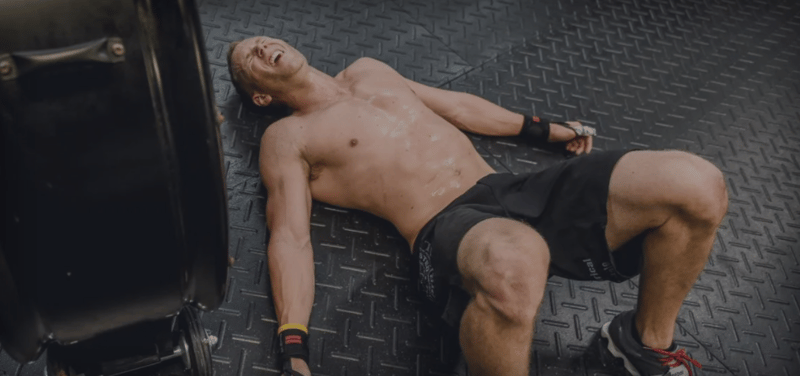
Your season just ended voluntarily or involuntarily. Unfortunately, an athlete’s window is small; one poor offseason can negatively affect the upcoming season and ultimately change your path in sport. After all, only 3% of athletes go on to play in college, and professional athletes careers are shortening with new crops of talent flowing in each year. Most importantly, the average offseason duration has drastically shrunk at every level, leaving you less time to physically prepare. This conundrum leads to the inevitable question of how long to rest before consequences truly set in?
Perhaps the best review on trained individuals and the effects of volume is a 2013 review, examining all the research looking at athletes training 3+ times a week. The summary found the individuals maintained strength after 3 weeks of inactivity, but such negative consequences began to seep in and escalate after that 3-4 weeks. Endurance losses (aerobic capacity) however, occurred a week sooner (after 2-3 weeks of rest), but proper strength training protocols can build/restore this function.
How do we actually keep such strength during periods of rest? Myonuclei. These nuclei gained during training persist during rest, while the overall cell size just shrinks. In other words, muscle memory actually exists. Such a mechanism does not cause muscles to shrink in size, this appearance is likely due to glycogen & water losses so don’t worry.
Here is a few tips on rest, whether your offseason was forced or not.
1. Resting for 3-4 weeks has minimal impact on trained individuals, in fact, the rest could actually cause increased sensitivity to training when you resume. Rest means no aggressive training, and NOT bed rest. Bed rest makes everything worse unless you are sleeping so walking, playing, planking are all encouraged! (See “Injured not dead”)
2. Any pre-existing injuries are prolonged by rest. So use the other limb to train if necessary. The stimulus will still have bilateral transfer up to 58% to that injured limb without even using it, one leg squat (below) is just one example.
3. The risk of mental burnout is a far greater occurrence than physical detraining The largest benefit from some time off can improve your mood, and thus motivation.
McMaster, Daniel Travis et al. “The development, retention and decay rates of strength and power in elite rugby union, rugby league and American football: a systematic review.” Sports medicine (Auckland, N.Z.) vol. 43,5 (2013): 367-84. doi:10.1007/s40279-013-0031-3